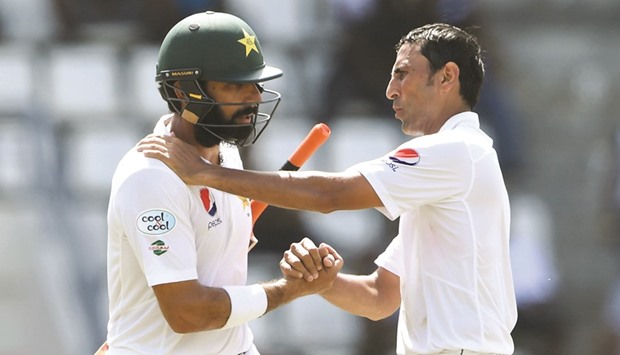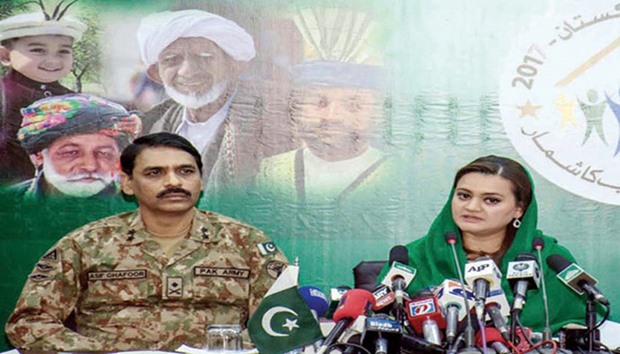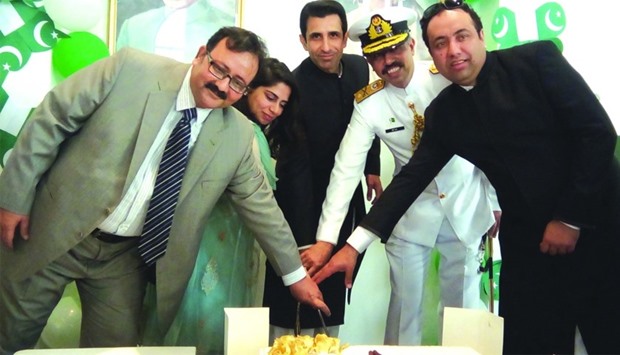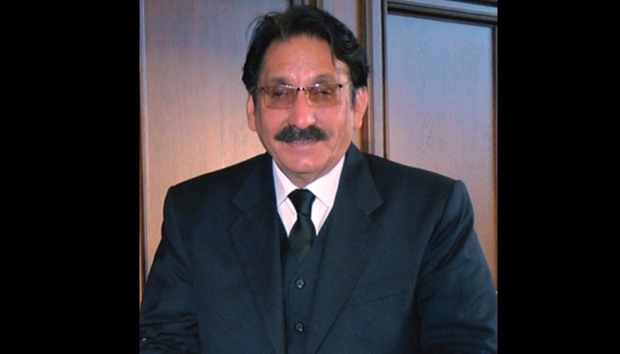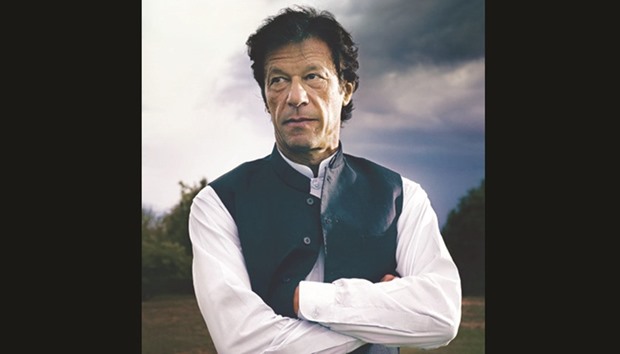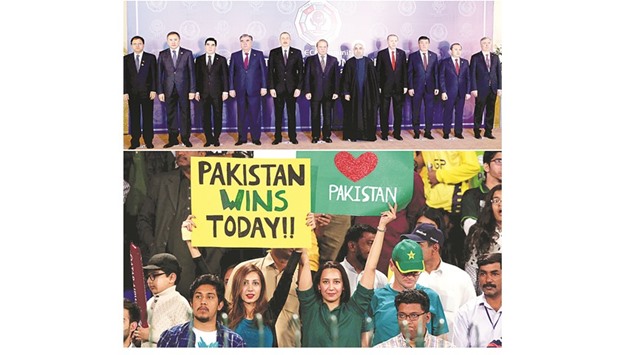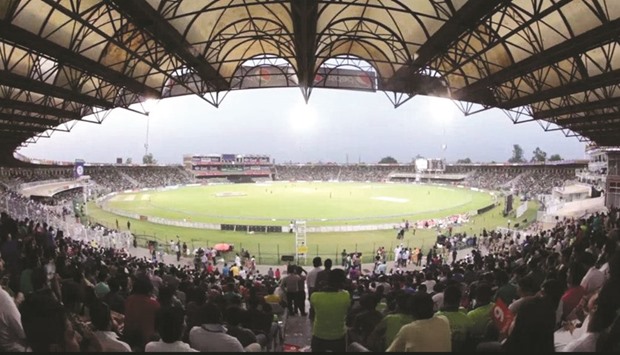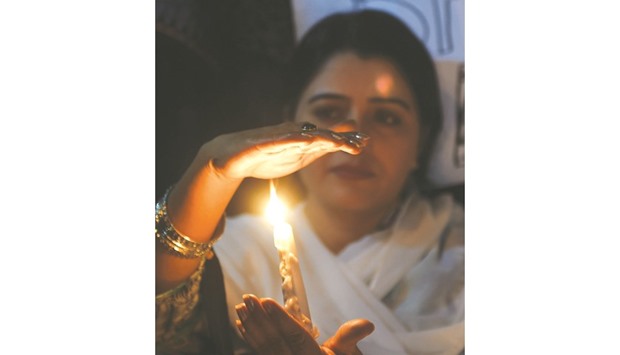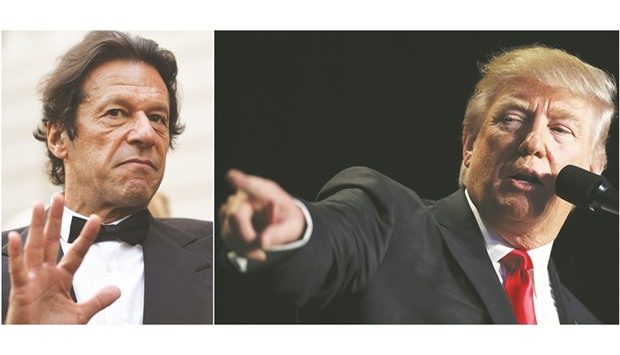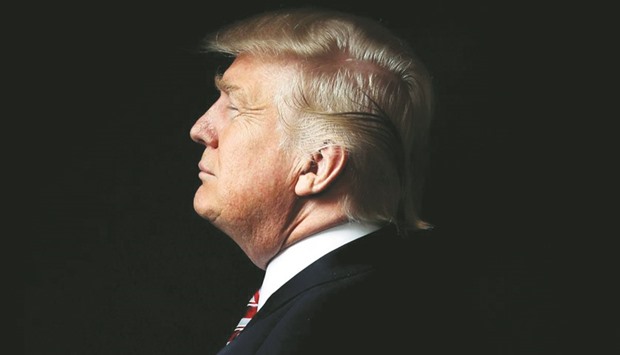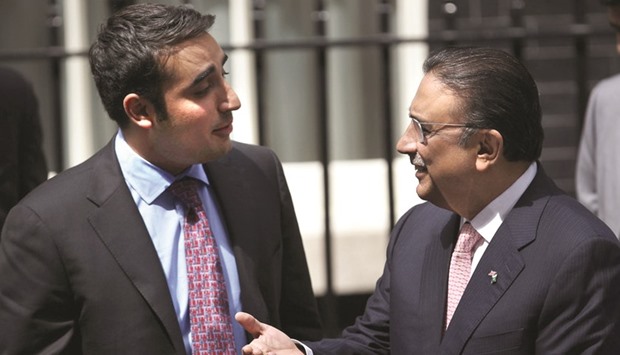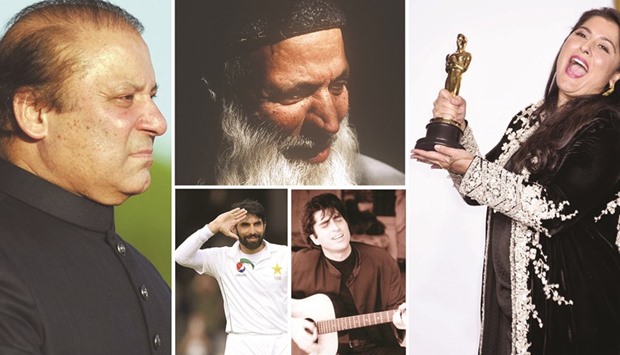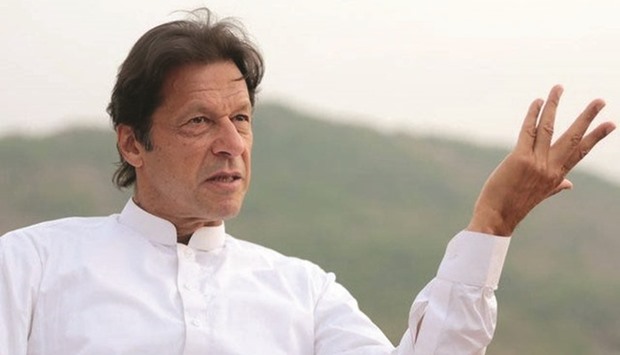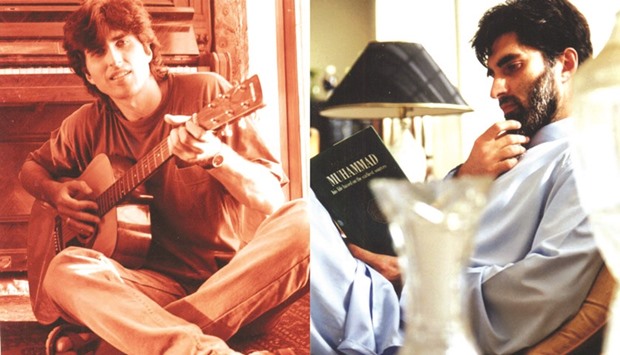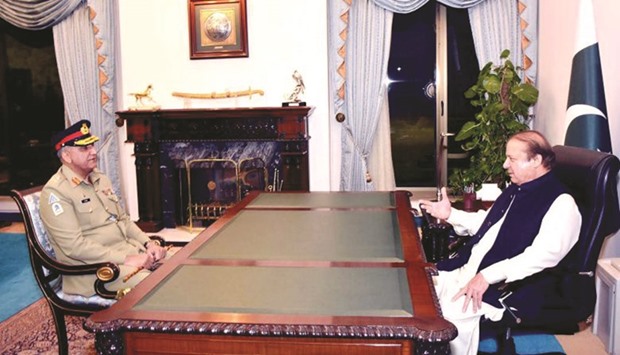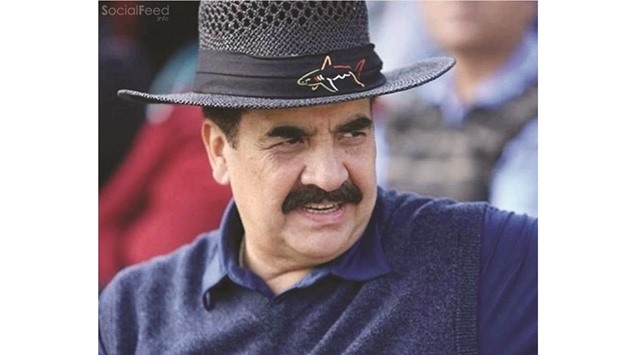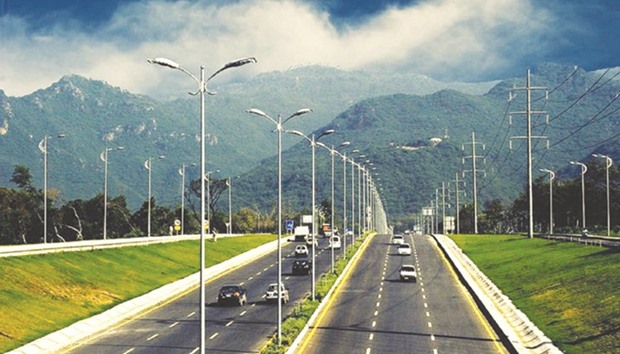The two most powerful warriors are patience and time. — Leo Tolstoy An emotional Pakistan bid adieu to her two most accomplished and beloved sons the other day. Life came to a virtual standstill as the Test decider in Dominica ground to a tense last seven balls as an unfancied West Indies threatened to pull off an unlikely draw and deny captain Misbah-ul-Haq and Younis Khan the farewell they deserved. For starters, very few sportspersons are given to honourable farewells. Fewer still are courageous enough to make the right call at the right time. Cricket lore is replete with examples of greats scripting their own caricaturisation. For Misbah and Younis to publicly announce their retirement beforehand — even when they were good enough to hold their own and, in a country where this has hardly ever been the tradition — was outstanding. What this series victory will do is embellish our memories of their heroic services. It will make the heart grow fonder even if it is melancholic at the moment. “All good things must come to end” — that familiar refrain — is what appears to be the nearest thing to a balm at the moment. But there is a good reason why such adulation is reserved for Misbah and Younis, which even players greater than them have not been able to take home in retirement. Both these gentlemen have been outstanding role models — not just for Pakistan but the entire sporting world. They were very accomplished, but humble to a fault; winning laurels but always crediting their teammates and others; never speaking ill of anyone despite personal attacks; always looking out to help their juniors by absorbing the pressure and giving them generous space to grow; but above all else, plying their trade with exemplary commitment, discipline and honesty. Mark that last word! When Misbah was handed the reins in 2010 — at 36, most people are on the verge of retirement in the sport — it was done surreptitiously in a clerk’s room at the Pakistan Cricket Board headquarters with express instructions to keep the board’s blushes to himself. The reason? Pakistan cricket had just been mired in a quagmire after three of its top players were found involved in spot-fixing and later banned. Misbah took it on the chin and set about the course of redemption with such dedication and courage that there is little doubt it will go down in the history of sport as one of its finest chapters. Pakistan cricket will be the poorer without him but he left it rich, none more symbolic than how he restored the honour of his proud nation when he led the team to England with distinction last year, drawing a difficult series by winning The Oval Test on Pakistan’s Independence Day — talk about more symbolism! On and off the field, he was hailed as a hero by the English press, culminating in him becoming one of Wisden’s five Cricketers of the Year — a more spectacular contrast would be hard to conceive given the traditional hostility of the English press and its cricketing establishment towards Pakistan cricket spanning more than half a century. Ironically, Misbah was not always so cherished at home — in fact, no cricketer in Pakistan has been more lampooned for his “defensive” batting (which also earned him the unflattering sobriquet of “Mr Tuk Tuk” — someone who defends dourly at the crease) overlooking the adversity he almost always arrived in. Eventually, he won over his compatriots when the realisation began to sink that there was a method to it. There can be, of course, little argument against success and Misbah authored an unprecedented book, not just chapter, worth of success and stability. Misbah retired with 26 Test wins and 11 series triumphs — the highest from Asia. He was also Pakistan’s highest scorer in each of his last Test, ODI and T20 series — talk about leading from the front and leaving with grace! He also made light of the public perception of a slowpoke by clocking up the fastest Test half century, and then, century — the latter record was only broken last year — and hung up his gloves with the highest tally of Test sixes by a Pakistani. Nobody smote crisp, cleaner sixes in his time than the qualified MBA and his cheek of breaking long spells of ball blocking with a sudden signature all-mighty strike out of the park would be long remembered — and missed. Younis was the other arm of this Tolstoy subscribed equation — patience and time. The Marathon Man from Mardan had loads of it — you don’t get to 10,000 Test runs any other way, especially if you’re from a country deprived of international action — since the unfortunate terror attack in 2009. For a man whose family was riddled with tragedies — siblings dying of cancer and in a road accident — he was the epitome of humility and brought that infectious something to his personality that overrode all adversities: smile. Just as Misbah’s sudden sixes brought a smile, Younis wore his like an identity card. Shockingly, some critics had even issues with that too — more infamously during the early phase of the 2009 T20 World Cup in England when Pakistan had lost a few games. Guess what happened? He smiled his way to a famous World Cup trophy and then, conveniently, everyone began to see the light! It would be futile to attempt to post Younis’ records in this concised space; it would be akin to dreaming of luxury in a cellar. While he’s easily the top of the pile in Test runs, centuries and catches for Pakistan, it’s the range of international achievements — to cite only two: being the only man to score Test tons in all 11 countries that have hosted such matches as well as against every single Test nation and a conversion rate of centuries that even the greatest, Sir Donald Bradman, could not match — that takes your breath away! The last days leading up to the graceful exit came with a fitting hashtag: combining the first three letters of the names of Misbah and Younis — #MisYou — a coinage so simple and perfect that it all but obviates the need for perhaps, a more notable Shakespearean analogy. * The writer is Community Editor

Kamran Rehmat
Kamran Rehmat is the Op-ed and Features Editor at Gulf Times. He has edited newspapers and magazines, and writes on a range of subjects from politics and sports to showbiz and culture. Widely read and travelled, he has a rich background in both print and electronic media.
Most Read Stories

